We’re taking a walk back in time to explore everyday objects from 100 years ago. They sure looked different!
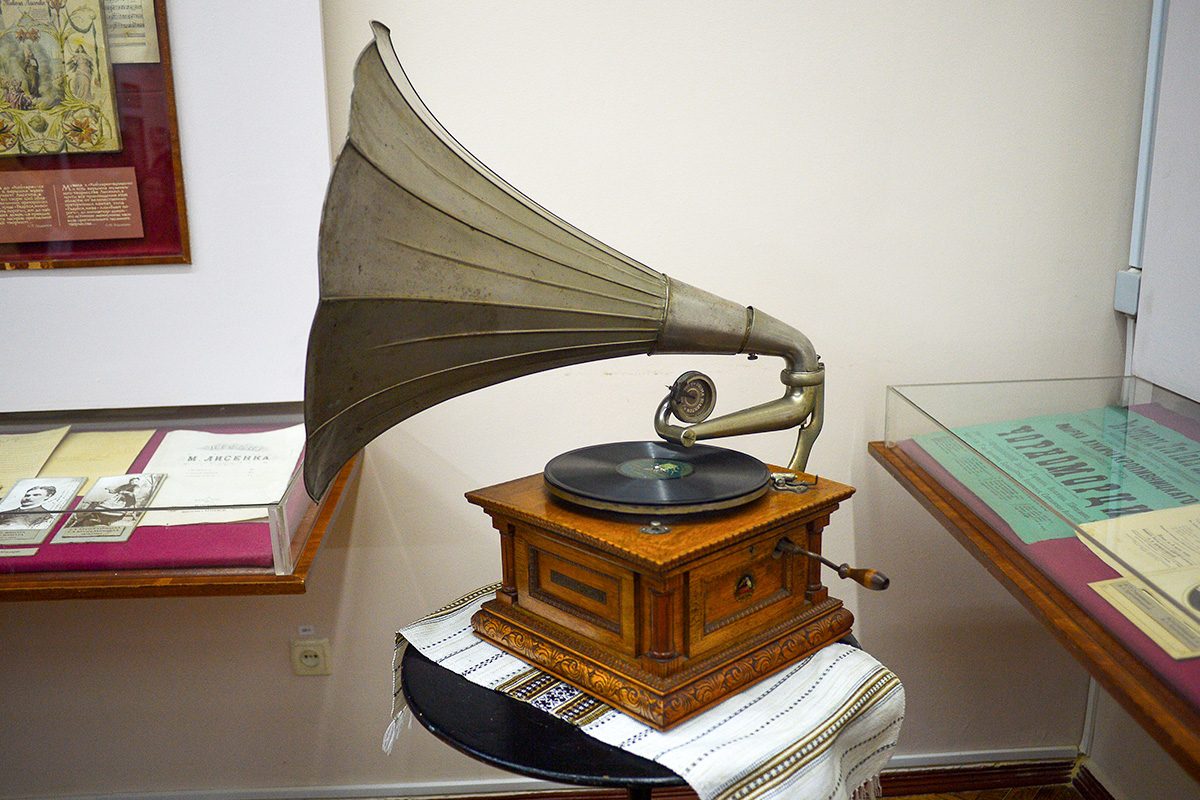
This Is What 14 Everyday Objects Looked Like 100 Years Ago

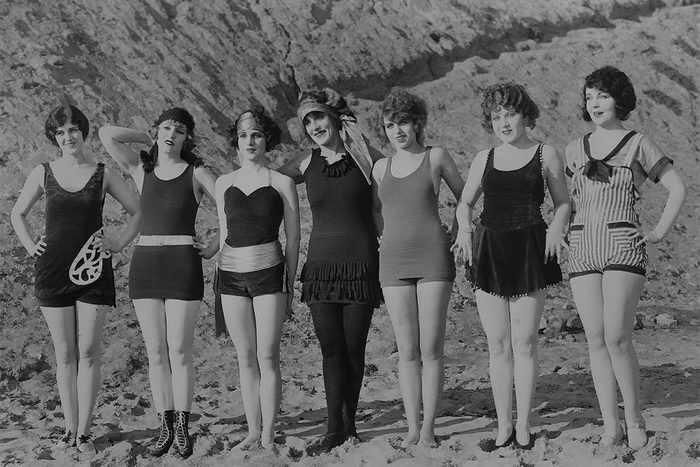
Bathing suits
In the 1920s, it wasn’t just hemlines that were on the rise. Bathing suits were getting shorter, too. But fashion 100 years ago still looked pretty different, as these rather formal-looking togs attest. In the coming decades women began to push the envelope even more, and they were wearing bikinis by the end of World War II.
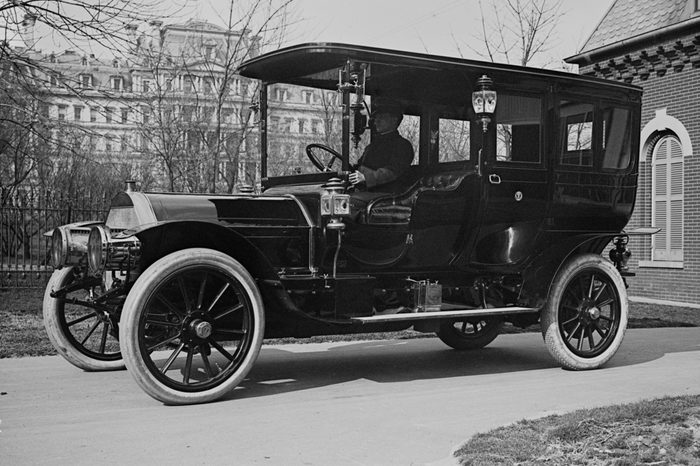
Cars
Cars weren’t nearly as ubiquitous 100 years ago as they are today. Henry Ford’s Model T was introduced in 1908, and at $850 it was still out of reach for many. By 1924 Ford’s advancements in manufacturing dropped the price to $260, and the average assembly line worker could buy one with about four months’ salary. Finally, these everyday objects from 100 years ago could be enjoyed by the masses (though the vintage car above was pretty fancy).
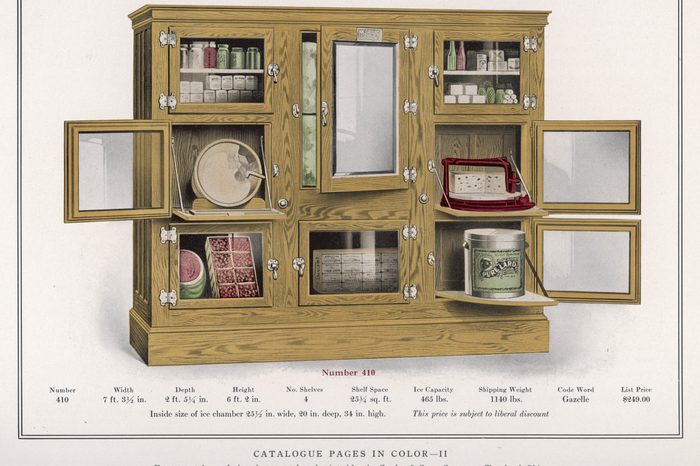
Refrigerators
Refrigerators used to be sprawling appliances that took up a good part of the kitchen, and they looked more like a set of cabinets than the fridges we know today. Once cooled by ice (hence the other name for them: “iceboxes”), by the 1920s, companies were manufacturing electric refrigerators—though not many people could afford them. Many refrigerators still had wooden exteriors, like this one, but as the decade went on they got smaller, more affordable and began to be made of metal instead of wood.

Pens
Pens in the early 20th century looked a lot different than the disposable ones you likely have cluttering your desk and junk drawer today. Ink pens long had to be filled by dipping the nib into an inkwell, but the fountain pen changed all that. Hiding an ink cartridge inside the shaft of the pen made writing on the go a lot easier, as these pens aimed at soldiers serving in World War I demonstrate.
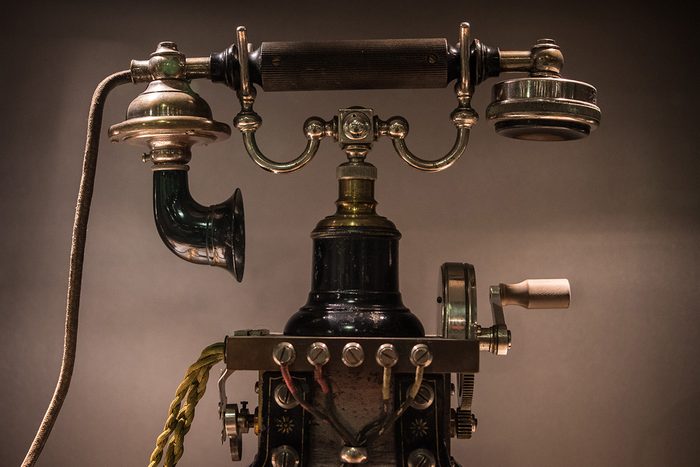
Telephones
The first telephone was invented in 1876, so they were pretty much considered everyday objects 100 years ago. Like today’s smartphones, older telephones let you speak and listen from one device, but that’s where the similarities end. Bulky, loud and connected by wires, these guys certainly weren’t portable. Telephone operators had to connect you to your party, and you might have even had to share a line with your neighbors. And now we carry tiny computers everywhere we go! What a drastic transformation.

Shoes
In another win for women’s liberation, by the 1920s shoes started looking much more similar to what we wear today. Gone were the cumbersome lace-up boots that were hidden by petticoats and long dresses. The modern woman needed something that looked fashionable with shorter skirts, and shoemakers complied, as seen in these evening wear pumps from 1925.
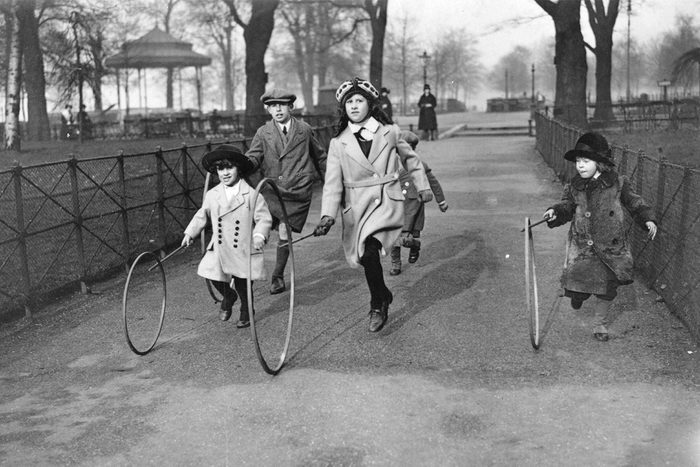
Toys
Children 100 years ago didn’t have the endless supply of disposable plastic toys on the market today. Simpler games made from everyday objects 100 years ago were the norm, including hoop rolling. Yep, it’s just what it sounds like. This Victorian era pastime was popular well into the 20th century, even if it seems a little basic for today’s wired kids. It was cheap and fun, as well as great exercise. Hoops could be metal or wooden, and kids could race them, throw stuff through them or just keep them upright on a bumpy road. No video games here!

Record players
Pause your iPhone for a minute and check out the original music player: the phonograph, or gramophone. Most famously made by the Victor Talking Machine Company, which later merged with electronics powerhouse RCA to become RCA Victor, this early record player needed a big horn to amplify the sound produced by wax cylinders (vinyl records wouldn’t come along until the 1930s). By the 1920s the influence of radio changed the way we listened to and produced music, and phonographs gradually gave way to record players with speakers that we still listen to today.
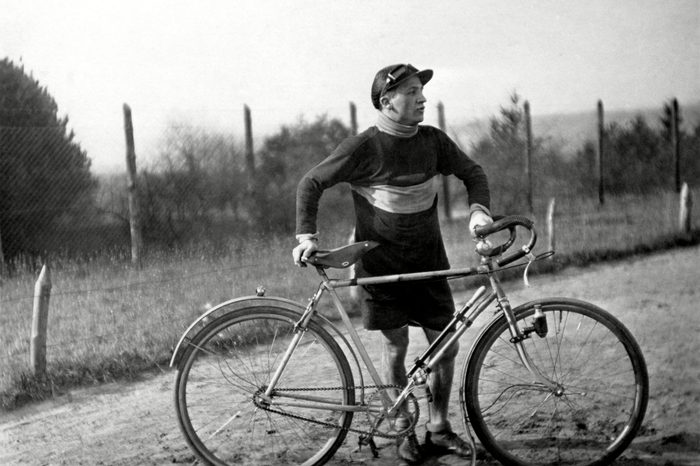
Bicycles
Bicycles don’t look too much different now than they did in the 1920s, but that could be because vintage-style bikes have made a total comeback. For more seasoned cyclists, notice the lack of gears and strong brakes—going up a steep hill would be quite difficult!
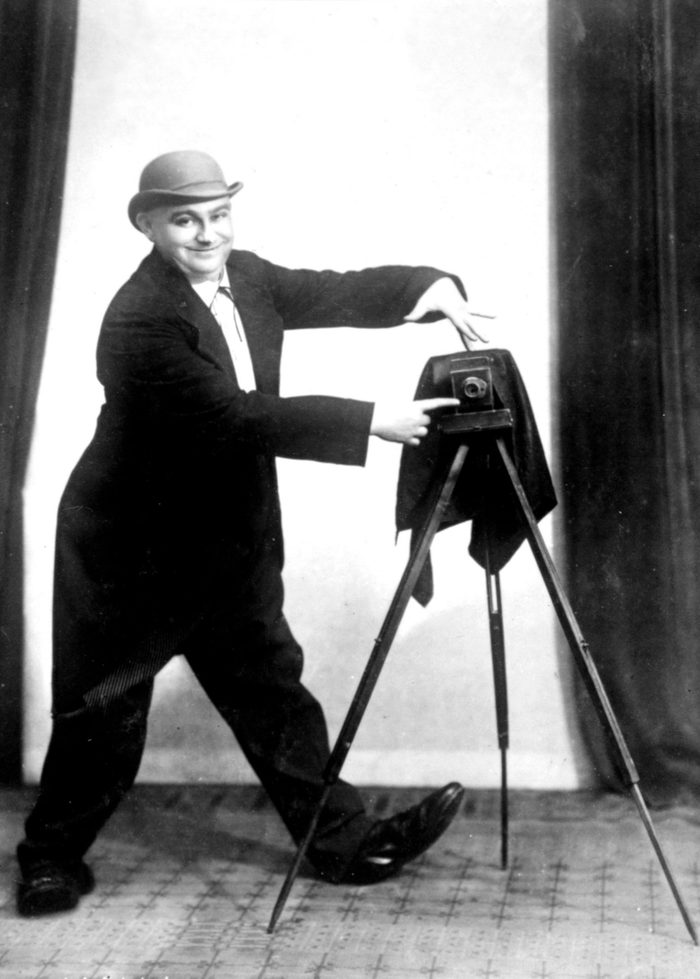
Cameras
The camera was one of the most groundbreaking inventions of its time. Artists and inventors had been experimenting with ways to capture still images for centuries, but it was George Eastman’s Kodak company that brought the feat to the masses. In 1900, Kodak introduced the Brownie camera, a simple box camera marketed at children, for $1, and by the 1920s photography was in the hands of millions of people who were all saying cheese.
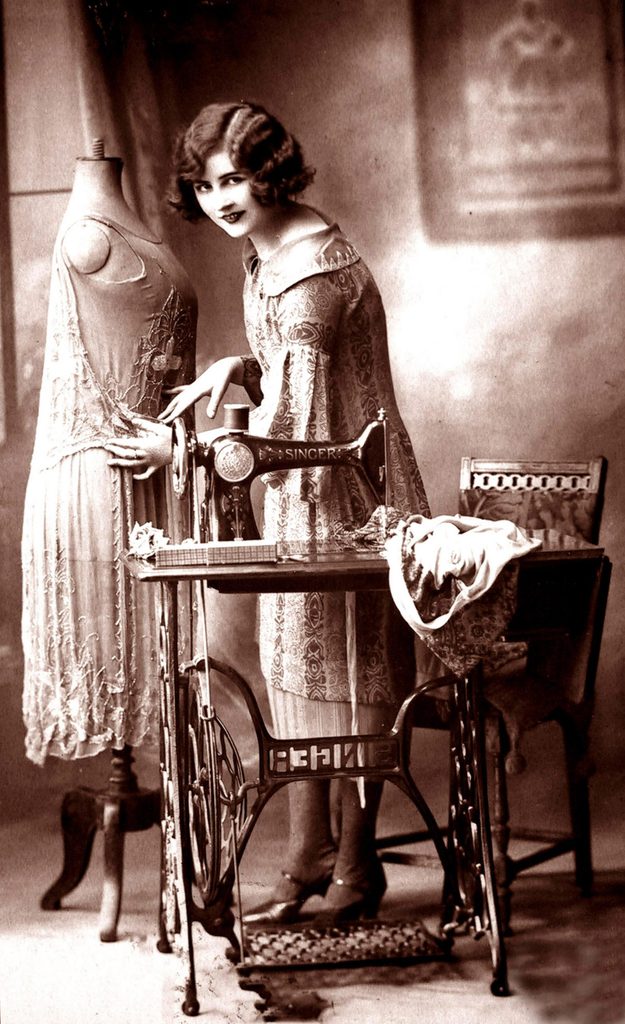
Sewing machines
One hundred years ago, sewing machines were one of those things everyone had in their home. That’s because most people made and mended their own clothes instead of relying on fast fashion like we do today. From their invention in 1850 through the early 20th century, sewing machines were set into a wooden table and the stitch speed controlled by pedals at the sewer’s feet. But in 1921, Singer introduced a portable electric model, bringing the art of sewing from the Victorian age to a modern flapper aesthetic.
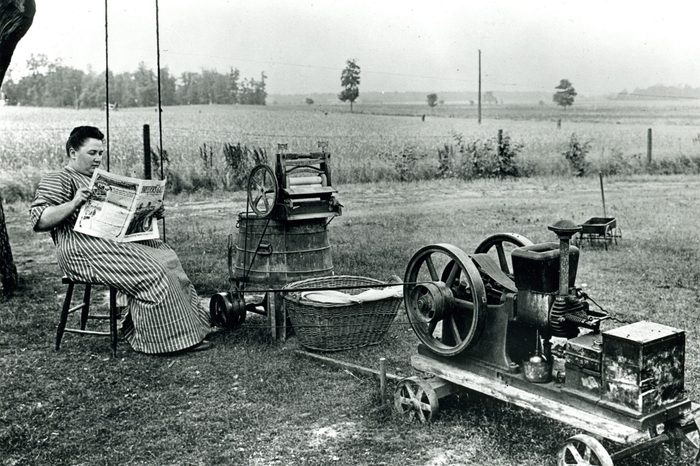
Washing machines
Washing clothes in the 1920s was an ordeal. Washing machines were still in their infancy, and most people had to spend the entire day (or several) boiling water, scrubbing dirt, rinsing, drying and ironing. Even with early electric models, you still had to do much of the work yourself: A fully automatic washing machine like we know today wasn’t invented until after World War II.
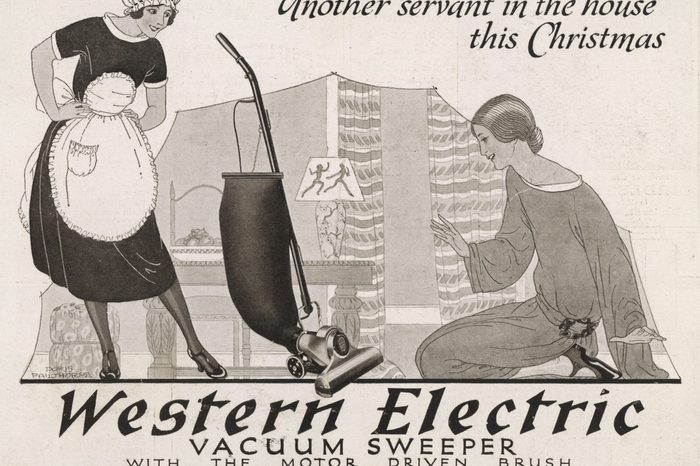
Vacuum cleaners
Unlike sewing machines and washing machines, the classic 1920s vacuum structure looks relatively similar to the vacuum of today, although now we often go for a bagless model. (And yes, there is a right way to vacuum.) These older models were still motor-driven, but certainly much less effective than your household Dyson.
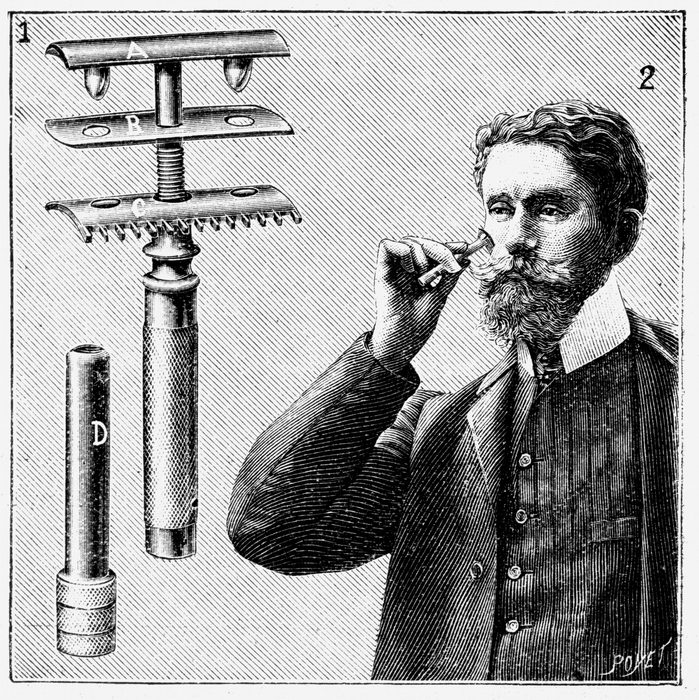
Razors
This early Gillette safety razor with disposable blades was a huge improvement over the straight razors of old, but by the 1920s Gillette had a competitor. Jacob Schick started his razor company in 1925, and by 1930 had invented the electric razor. As we know, both companies survived, and the inventions brought us a few steps closer to the razors we use today.
Why trust us
At Reader’s Digest, we’re committed to producing high-quality content by writers with expertise and experience in their field in consultation with relevant, qualified experts. We rely on reputable primary sources, including government and professional organizations and academic institutions as well as our writers’ personal experiences where appropriate. We verify all facts and data, back them with credible sourcing and revisit them over time to ensure they remain accurate and up to date. Read more about our team, our contributors and our editorial policies.
Sources:
- Detroit Historical Society: “Model T”
- Fashion History Timeline: “A History of Women’s Swimwear”
- Gillette: “Our Story”
- Razor Emporium: “Vintage Razor Brands: A Collector’s Guide to Iconic Names”
- Whirlpool: “The History of the Refrigerator”
- Cult Pens: “The History of the Fountain Pen”
- Victrola: “Record Players History”
- Kodak: “Photography”
- Singer: “History”
- Whirlpool: “History”



















